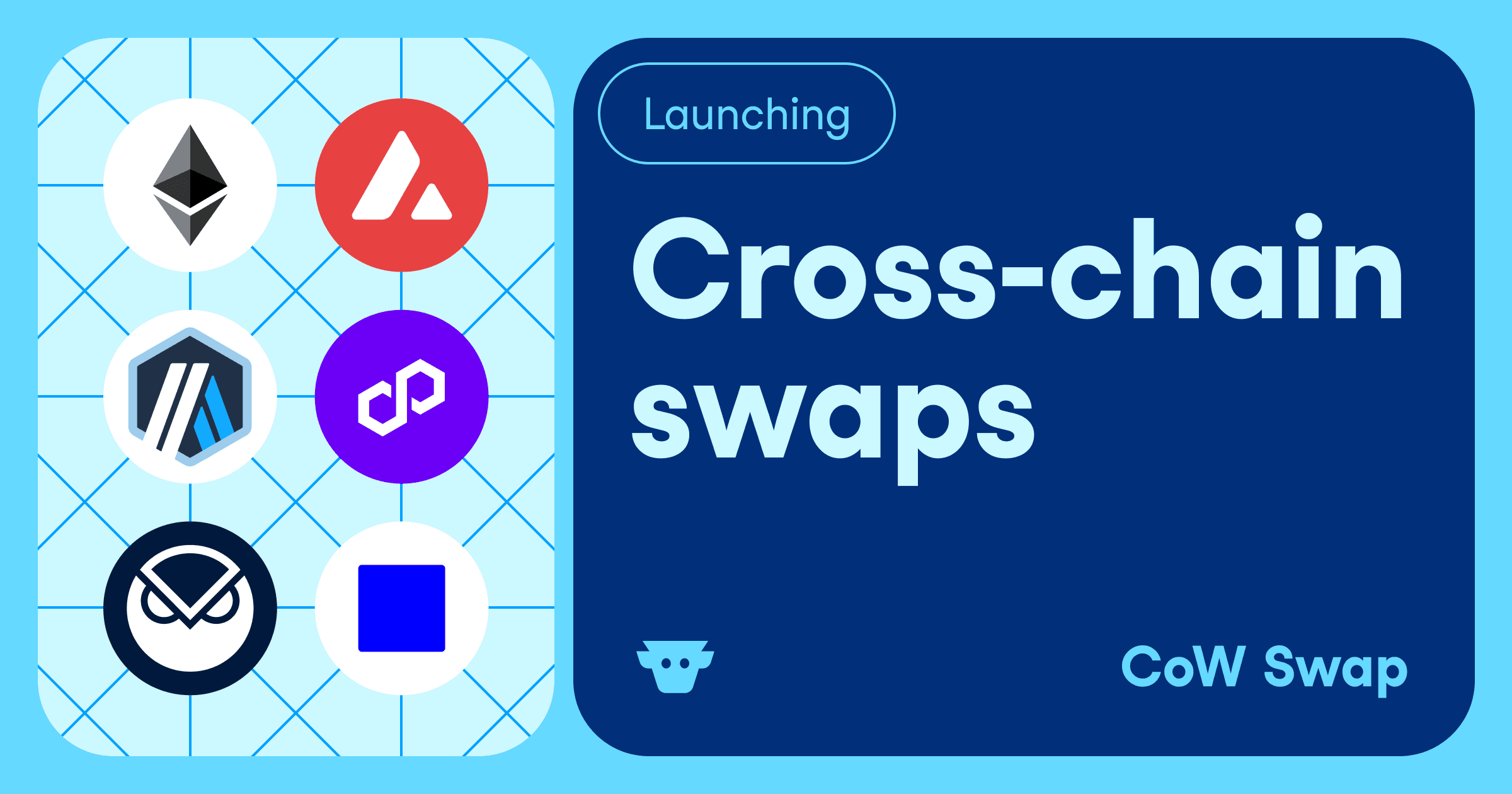Are Private Mempools a good way to avoid MEV?
We love DeFi, but it's not without its hidden hazards. One of the most persistent and costly of these is Maximal Extractable Value (MEV). This isn't just an abstract concept; it's a real-world drain on the ecosystem, costing traders and decentralized exchanges (DEXes) hundreds of millions of dollars annually. On the Ethereum network alone, over $663 million was extracted in a two-year period, according to a recent study.
To combat this, a new strategy has emerged: Private Mempools. But what exactly are they, and are they the silver bullet DeFi needs? In this article, we'll dive into:
-
How Private Mempools work.
-
The significant benefits-and crucial downsides-of this approach.
-
An alternative strategy using intent architectures to fundamentally disincentivize MEV.
What are Private Mempools?
To understand a Private Mempool, let's start with the standard one. The public mempool is essentially a waiting room for pending blockchain transactions. It's publicly visible to anyone, meaning specialized bots-often called searchers-can scrutinize this pool for lucrative MEV opportunities, such as front-running or sandwich attacks.
A Private Mempool, by contrast, is a hidden, restricted pool of transactions. These transactions are only visible to a select group of approved builders, searchers, or what we call, solvers, who are typically granted access after paying a fee or meeting specific criteria. The key difference is that transactions remain hidden until the final block is built and committed to the chain.
A Private Mempool in Action: CoW's MEV Blocker
A great example of this is CoW DAO’s MEV Blocker. This system uses a private mempool combined with a clever defense mechanism. It introduces AI-generated dummy transactions into the pool, which essentially sows chaos and risk for any bad-actor searchers attempting to perform MEV attacks. By rewarding solvers for finding the best prices, and returning a surplus to traders, it aims to create an incentive structure where not attacking is more profitable.
How Private Mempools Block MEV
MEV attacks fundamentally rely on lag time-the moment between when a transaction is submitted and when it is resolved in a block. Searchers gain an inherent advantage by being the "last in line" to make trades, leveraging their knowledge of incoming transactions to profit. Simply put, you can make smart, profitable trades when you know what other trades are about to happen.
With a Private Mempool, the provider sets the terms of engagement. By restricting access and keeping the transactions private, they:
-
Remove the visibility advantage: Searchers can't see the transactions ahead of time to perform front-running.
-
Impose risk: Countermeasures like CoW's dummy transactions make it dangerous and potentially unprofitable for searchers to try and execute MEV within the private space.
What Private Trading Gets You as a Trader
For the individual trader, this offers a huge boost to confidence and trading strategy:
-
Trade Freely: You can leverage your assets without having to trade defensively or constantly worry about an invisible bot watching your moves.
-
Better Execution: You can use a broader slippage tolerance, guaranteeing more transactions without the fear that a searcher will swoop in and profit from that tolerance.
-
Peace of Mind: You can execute complex strategies, like cross-DEX swaps, knowing you are protected from typical front-running attacks.
Benefits of Private Mempools
The benefits of restricting visibility are clear:

Downsides of Private Mempools
While they are a powerful defensive tool, Private Mempools are not without their philosophical and technical drawbacks:
Centralized Trading
This is perhaps the largest critique. Private ledgers, even for a moment, appear to run against the core ethos of DeFi: afully open, public ledger maintained by shared trust. Private Mempools are essentially a centralized response to the broken trust caused by MEV attackers.
Only as Secure as the Provider
The security of your funds and transactions relies entirely on the security and reliability of the endpoint provider. Furthermore, this "closed community" still involves trusting the searchers and builders who are granted access. A single bad actor or a vulnerability in the system could still be exploited.
MEV is Still Fundamentally Possible
A Private Mempool hides transactions from the broader system, but it still relies on the same block-building process. If the private pool doesn't include specific countermeasures (like CoW's dummy trades), searchers can still execute MEV within that smaller, more restricted space. Privacy alone doesn't inherently block MEV.
Stopping MEV with Intent Architectures
Instead of just hiding transactions, what if we changed the way transactions are constructed in the first place? This is the core idea behind Intent Architectures.
Rather than declaring a specific transaction (e.g., "Swap 1 ETH for USDC at X price"), a trader declares an intent-the desired outcome (e.g., "I wish to trade 1 ETH for USDC").
An intent system then uses sophisticated solving algorithms to resolve batches of these outcomes into actual transactions. Crucially:
-
The final prices for all transactions in a batch are fixed as part of a single solution.
-
The system itself finds the best possible price according to exchange protocols (e.g., on-chain AMM prices).
This design fundamentally removes the MEV window. Since the price is determined by the solver at the moment the batch is created, there's minimal slippage or lag for a searcher to exploit.
Better Trading on CoW Swap
CoW Swap is an intent-based trading platform that leverages this architecture to its full potential.
-
Solvers Bid for Efficiency: Instead of searchers competing to profit from slippage, solvers compete by bidding to provide the most efficient solution for the entire batch of intents.
-
Protection by Design: Solvers are paid a bounty (a percentage of the transaction fees) for the best solutions. They inherently assume all MEV risk when submitting the batch to the chain, which is hedged by the bounties they receive.
-
Collaborative Landscape: This creates a healthier, collaborative landscape where efficiency and the best value for the trader are the driving motivations, not predatory MEV extraction.
Conclusion
Private Mempools are a powerful and effective defensive layer against MEV, offering immediate relief and greater peace of mind for traders. However, they introduce a degree of centralization and are only as secure as their providers.
Intent architectures, by contrast, offer a fundamental redesign of the trading experience that disincentivizes MEV by aligning incentives from the ground up. By focusing on outcomes rather than transactions, they offer a potentially more sustainable, decentralized path forward for trading.
Ready to try trading where your intentions are protected?


